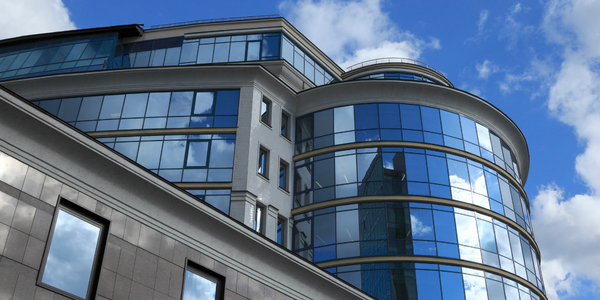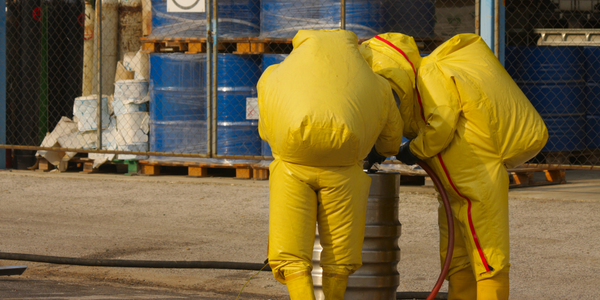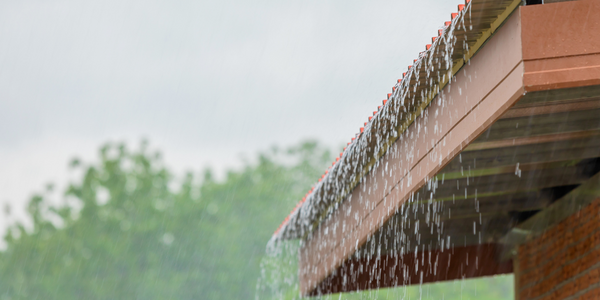Technology Category
- Cybersecurity & Privacy - Intrusion Detection
- Sensors - Vibration Sensors
Applicable Industries
- Buildings
- Education
Applicable Functions
- Product Research & Development
Use Cases
- Behavior & Emotion Tracking
- Smart Campus
Services
- Training
About The Customer
Princeton University is a vibrant community of scholarship and learning that stands in the nation's service and in the service of all nations. Chartered in 1746, Princeton is the fourth-oldest college in the United States. Princeton is an independent, coeducational, nondenominational institution that provides undergraduate and graduate instruction in the humanities, social sciences, natural sciences and engineering. As a world-renowned research university, Princeton seeks to achieve the highest levels of distinction in the discovery and transmission of knowledge and understanding. The Form Finding Lab at Princeton University, USA is a research group that focuses on structural systems that derive their strength from their curved shape dictated by the flow of forces. The director of the Form Finding Lab is Sigrid Adriaenssens, PhD, structural engineer specialized in the form finding of structural surfaces.
The Challenge
The Form Finding Lab at Princeton University was faced with the challenge of designing expressive structures that can safely be employed in seismic areas. The focus was on shell structures, which are thin, curved, and typically large span structures made out of a wide range of materials ranging from steel and glass, to concrete and even bricks or mud. These structures have empirically shown their excellent performance during earthquakes, as exemplified by the undamaged survival of the shells by the acclaimed shell builder Félix Candela during the great 1985 Mexico City earthquake. However, powerful computational tools were needed to analyze the behavior of these structures under earthquake loading. The researchers needed to investigate the effects of a shell’s shape on a buildings’ performance during an earthquake and to simulate the influence of thickness variations on the response due to shaking caused by the earthquake.
The Solution
The researchers of the Form-Finding lab resorted to HyperWorks, Altair’s advanced simulation software suite, to perform their simulations and analyses. The suite was used to investigate the effects of a shell’s shape on a buildings’ performance during an earthquake and to simulate the influence of thickness variations on the response due to shaking caused by the earthquake. Geometries could readily be imported from other CAD-software into HyperMesh, and after inserting further model properties, the effects of different earthquakes could be simulated using HyperWorks’ integrated OptiStruct solver. The resistance and behavior during earthquakes could thus be predicted for a series of geometries. Additionally, the built-in optimization tools in OptiStruct allowed not only to search for a better overall shape within the given constraints, but could also be used to predict the regions of the shell’s localized thickness where changes would provide the shell with the desired vibrational properties.
Operational Impact
Quantitative Benefit

Case Study missing?
Start adding your own!
Register with your work email and create a new case study profile for your business.
Related Case Studies.

Case Study
Energy Saving & Power Monitoring System
Recently a university in Taiwan was experiencing dramatic power usage increases due to its growing number of campus buildings and students. Aiming to analyze their power consumption and increase their power efficiency across 52 buildings, the university wanted to build a power management system utilizing web-based hardware and software. With these goals in mind, they contacted Advantech to help them develop their system and provide them with the means to save energy in the years to come.

Case Study
Intelligent Building Automation System and Energy Saving Solution
One of the most difficult problems facing the world is conserving energy in buildings. However, it is not easy to have a cost-effective solution to reduce energy usage in a building. One solution for saving energy is to implement an intelligent building automation system (BAS) which can be controlled according to its schedule. In Indonesia a large university with a five floor building and 22 classrooms wanted to save the amount of energy being used.

Case Study
Powering Smart Home Automation solutions with IoT for Energy conservation
Many industry leaders that offer Smart Energy Management products & solutions face challenges including:How to build a scalable platform that can automatically scale-up to on-board ‘n’ number of Smart home devicesData security, solution availability, and reliability are the other critical factors to deal withHow to create a robust common IoT platform that handles any kind of smart devicesHow to enable data management capabilities that would help in intelligent decision-making

Case Study
Commercial Building Automation Boosts Energy Efficiency
One of the challenges to building automation is the multitude of non-interoperable communications protocols that have evolved over the years. Buildings have several islands of automation. Bridging the islands of different automation without losing the considerable investment in each specialized control network is the main focus in this solution.

Case Study
Protecting a Stadium from Hazardous Materials Using IoT2cell's Mobility Platform
There was a need for higher security at the AT&T Stadium during the NFL draft. There was a need to ensure that nuclear radiation material was not smuggled inside the stadium. Hazmat materials could often be missed in a standard checkpoint when gaining entry into a stadium.




